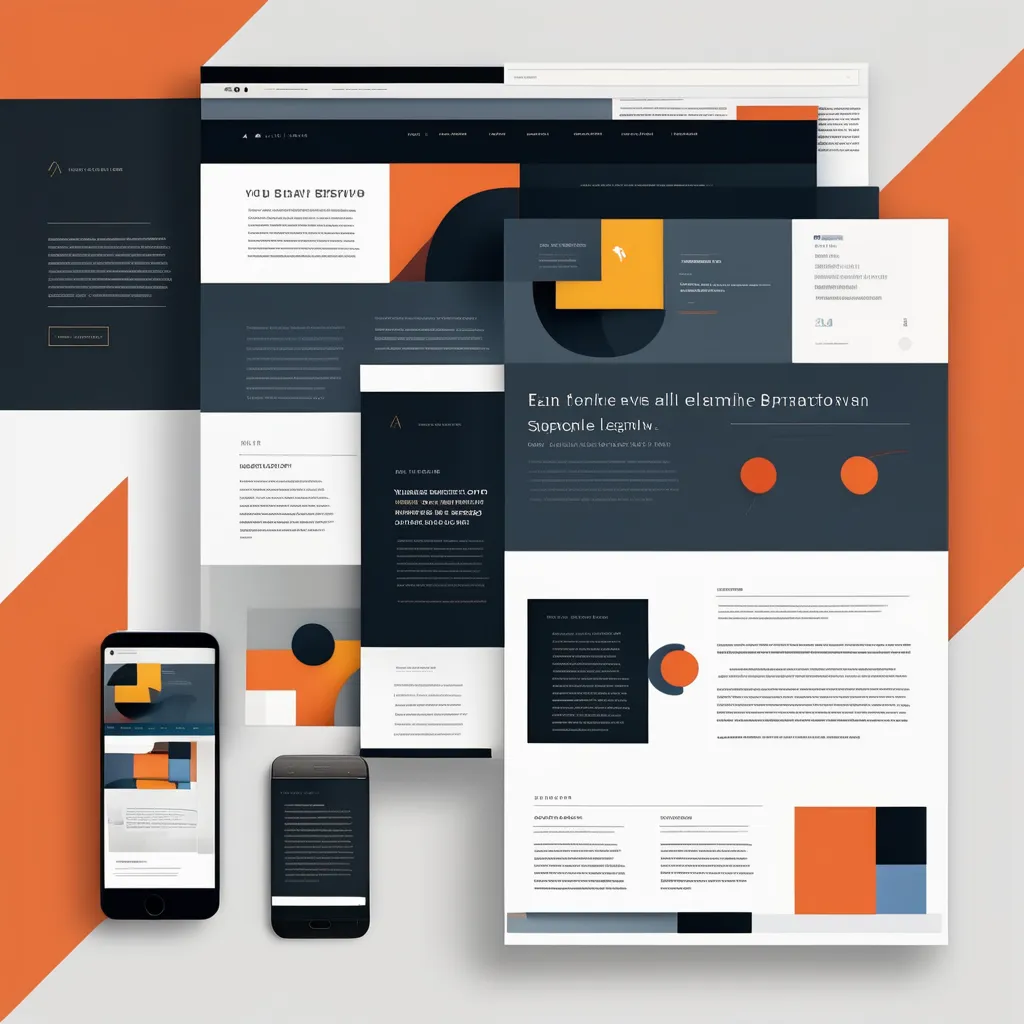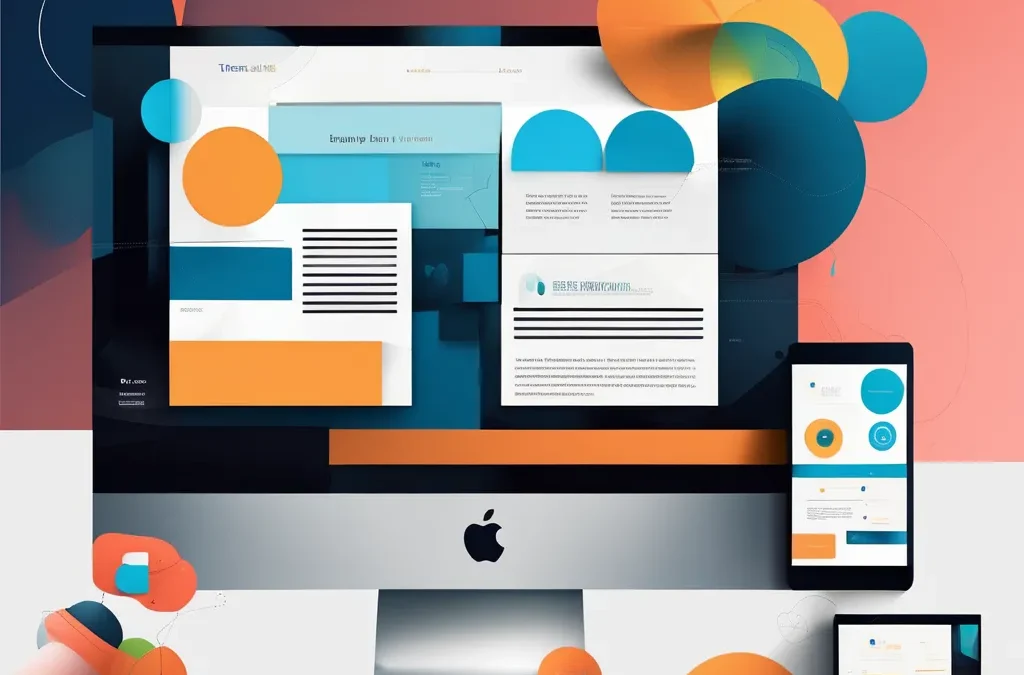UX Design Tips for Better User Experiences
Contents
- 1 UX Design Tips for Better User Experiences
Did you know that a well-structured UX design can boost user retention by over 40%? A great user experience (UX) is at the core of successful websites and digital products. It’s the reason users stay on a site, interact with the content, and even return for more. With the rapid digital transformation we’re witnessing, UX design tips have become crucial for businesses aiming to enhance user satisfaction and improve engagement.
In this article, we’ll explore actionable UX design tips that you can implement to create better user experiences on websites and apps. From simplifying interfaces to incorporating user feedback, these strategies will not only make your site more user-friendly but also boost your business’s bottom line. Let’s dive into the essentials of UX design to craft compelling digital experiences that resonate with your audience.
What is UX Design and Why is It Important?
User Experience (UX) design refers to the process of enhancing user satisfaction by improving the usability, accessibility, and pleasure provided in the interaction between the user and the product. It’s about making your site intuitive, enjoyable, and easy to navigate. Why is it important? Because a good UX design ensures that users find what they’re looking for quickly and effortlessly, which directly impacts how they perceive your brand.
UX Design Tips for Better User Experiences
Creating a great user experience involves a blend of psychology, design, and technology. Below, we’ll delve into specific UX design tips to help you build websites and apps that people love to use.
UX Design Tips for Simplifying Interfaces
When it comes to UX design, less is more. A clean, uncluttered interface makes it easy for users to navigate and find the information they need. Here’s how to simplify your design:
Keep It Simple and Intuitive
One of the key UX design tips is to keep your layout simple and intuitive. Complex layouts can overwhelm users, leading to frustration and high bounce rates. Aim to present your content in a structured way, using ample white space and clear visual hierarchies.
Avoid Information Overload
To keep users focused, eliminate unnecessary elements. Only include content and features that are essential for user engagement. This helps minimize cognitive load and keeps the experience straightforward.
Use Familiar Patterns
Using design patterns that users recognize—like hamburger menus and search icons—enhances familiarity and reduces the learning curve. By sticking to familiar conventions, you ensure users can navigate your site without confusion.
Implement Responsive Design
Responsive design ensures that your site looks and functions well on all devices, from smartphones to desktops. This is critical in today’s multi-device world.
Test Across Multiple Devices
Before launching, test your site across different devices to ensure consistency. This helps identify issues that might disrupt user experiences, such as misaligned buttons or poor image scaling.
Avoid Horizontal Scrolling on Mobile
Horizontal scrolling is frustrating for mobile users. Instead, use vertical layouts and break down content into smaller sections to improve readability on smaller screens.
UX Design Tips for Engaging Content
Engaging content is a cornerstone of a successful UX design. Your content should be relevant, concise, and easy to read. Here’s how to optimize it:
Craft Concise and Scannable Copy
Users typically skim through content rather than read every word. Break down your text into small paragraphs, use bullet points, and include subheadings to make it scannable.
Use Bullet Points and Headings
Bullet points help convey information quickly, making it easier for users to digest complex ideas. Use headings to separate sections and guide users through your content.
Avoid Large Blocks of Text
Large text blocks can be intimidating. Break content into smaller chunks to maintain readability and keep users engaged.
Incorporate Visual Storytelling
Visual elements, like images and videos, can enhance your content by adding context and emotion.
Use High-Quality Images
Choose images that align with your message and are visually appealing. They should complement the text, not distract from it.
Add Short, Engaging Videos
Videos are great for explaining complex concepts or showcasing product features. Keep them short to maintain the user’s attention.

UX Design Tips
UX Design Tips for User Testing and Feedback
User testing and feedback are critical for refining your UX design. Here are strategies for gathering and applying user insights:
Conduct Usability Testing
Usability testing helps identify pain points in your design. Methods like A/B testing and eye-tracking can offer valuable insights into user behavior.
Create Clear Test Scenarios
Design test scenarios that mimic real-world use cases. This will provide actionable insights and help you fine-tune your design.
Use Analytics to Track Behavior
Analytics tools can reveal how users interact with your site. Use data to pinpoint issues and areas for improvement.
Implement Feedback Loops
Regular feedback loops allow you to incorporate user input into each development phase, ensuring your design evolves in line with user needs.
Establish Regular Check-Ins
Schedule periodic check-ins with your users to gather feedback and make iterative improvements.
Analyze User Patterns
Identify patterns in user behavior to uncover common pain points and address them proactively.
UX Design Tips for Accessibility and Inclusivity
Inclusive design ensures that your product is usable by everyone, including people with disabilities. Here’s how to make your design more accessible:
Follow WCAG Guidelines
The Web Content Accessibility Guidelines (WCAG) provide standards for making web content accessible to people with disabilities.
Use Proper Color Contrast
Choose color combinations that are accessible to color-blind users. Use tools like contrast checkers to ensure compliance.
Ensure Text is Readable
Font size, line spacing, and text alignment are crucial for readability. Avoid overly stylized fonts that may hinder readability.
Design for Diverse Audiences
Consider users with different needs, including visual, auditory, and cognitive disabilities.
Test with Assistive Technologies
Use screen readers and other assistive technologies to ensure your site is accessible to users with disabilities.
Avoid Using Dark Patterns
Dark patterns are manipulative design techniques that trick users into taking actions they didn’t intend. Avoid these tactics to build trust with your audience.
FAQs: UX Design Tips
What is the purpose of UX design?
The purpose of UX design is to create digital products that offer meaningful and relevant experiences to users. It focuses on enhancing usability, accessibility, and satisfaction.
What are some common UX design mistakes?
Common mistakes include cluttered layouts, inconsistent navigation, and lack of user testing. Avoid these by following best practices like keeping designs simple and testing frequently.
How can I make my design more accessible?
Follow WCAG guidelines, use appropriate color contrasts, and test with assistive technologies to make your design accessible to all users.
Why is responsive design important?
Responsive design ensures your site looks and functions well on all devices, enhancing the user experience and reducing bounce rates.
What is usability testing?
Usability testing involves observing users as they interact with your site to identify issues and improve functionality.
Conclusion
Effective UX design is about more than just aesthetics—it’s about creating meaningful experiences that keep users coming back. By implementing these UX design tips, you can create interfaces that are simple, engaging, and accessible to all users. Remember to keep your designs user-centric, test regularly, and adapt based on feedback.
For more information, check out these resources:

